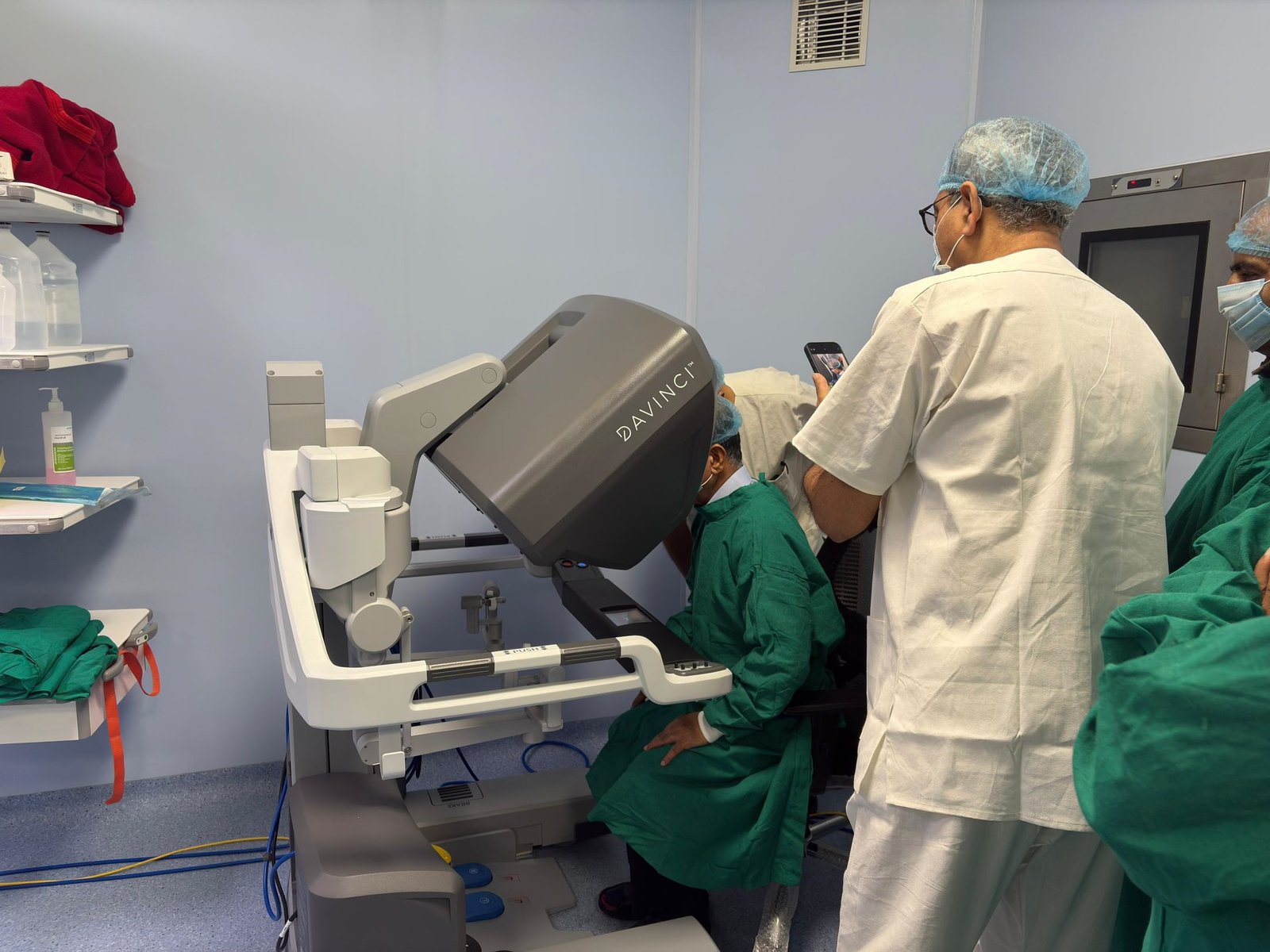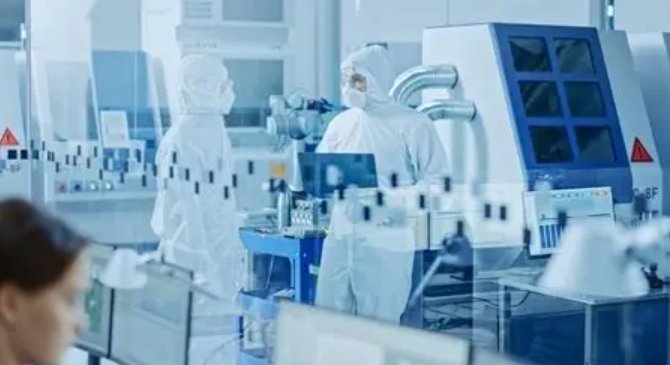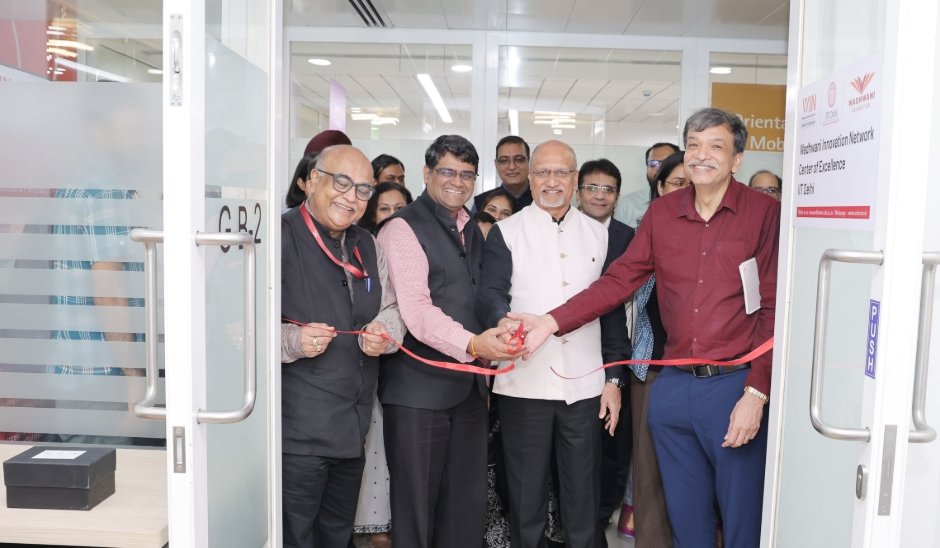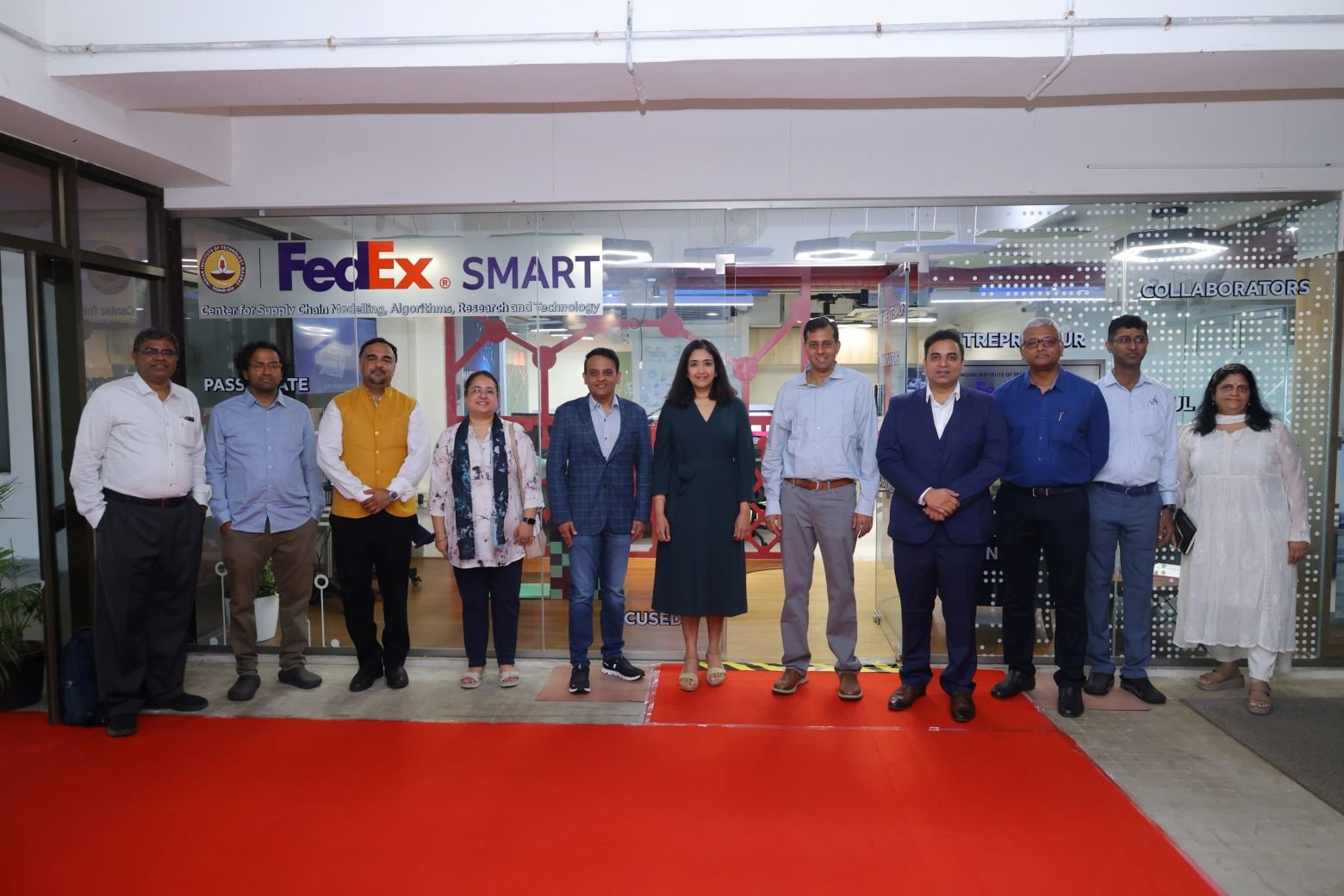Asia's synonym to Biocluster: Singapore
March 05, 2014 | Wednesday | Interviews | By BioSpectrum Bureau
Asia's synonym to Biocluster: Singapore
Mr Koh Jin Hoe, international director (Asia-Pacific), Singapore Economic Development Board (SEDB).
1. How has the pharmabio industry in Singapore grown over the years?
Koh Jin Hoe: At present, more than 30 of the world's leading biomedical sciences companies such as Pfizer, Merck Sharpe & Dohme, GlaxoSmithKline, Novartis and Takeda maintain a significant presence in Singapore, which speaks strongly of the sector's growth. The biomedical sciences (BMS) industry has rapidly grown to become the fourth pillar of Singapore's economy. Since 2000, BMS manufacturing output has increased by nearly five-fold from $6 billion in 2000 to $29.4 billion in 2012.
In less than five years, Singapore has become home to nine biologics manufacturing facilities, including two latest investments by Novartis and Amgen, amounting to USD$500mil and USD$200mil respectively. Singapore has committed S$16.1 billion in continued support of research, innovation and enterprise activities between 2011 and 2015. Out of the S$16.1 billion, S$3.7 billion (23%) is allotted to enhancing the existing biomedical R&D infrastructure.
2. What kind of progress has been achieved in the field of clinical research in Singapore?
Singapore has made significant progress in translational and clinical research. We currently have three Investigational Medicine Units dedicated for early-phase trials in public hospitals. The Singapore Clinical Research Institute, for example, focuses on supporting later-stage trials and bears the responsibility to develop Clinical Research Networks (CRN) in Asia-Pacific to support multi-site, multi-national clinical trials. These facilities will in turn support the growing community of clinician scientists in Singapore.
We have seen an increase in the number of innovative early phase trials including first-in-man studies done in Singapore - positioning us as an R&D leader in Asia. Singapore has also established Clinical Trials Networks across the Asia-Pacific, including the Asia-Pacific Hepatocellular Carcinoma (AHCC) Trials Group, Family Medicine Research Network (FMRN), Pan-Asian Resuscitation Outcomes Study (PAROS) and so on.
3. What kinds of collaborations exist between Singapore research institutes and hospitals?
Over the past 20 years, Singapore has steadily built a strong foundation of basic and clinical research through its biomedical research institutes under the Agency for Science, Technology and Research (A*STAR) and its universities including the National University of Singapore and Nanyang Technological University.
Examples of collaboration between research institutes and universities and hospitals include: Five Translational & Clinical Research (TCR) Flagship grants awarded worth S$25 million each in the areas of gastric cancer, metabolic diseases, schizophrenia, dengue and eye diseases. These programs, which encourage co-application between clinicians and researchers, were designed to bring together the best complementary research strengths in hospitals and national disease centers, universities and A*STAR research institutes to focus on a disease or research themes of strategic importance to Singapore.
4. Has the government of Singapore launched any special initiatives to support the pharma and healthcare industry?
The government provides awards to clinician-scientists such as the Singapore Translational Research (STaR) Investigator Award, Clinician Scientist Award (CSA), which provides research funding and salary support to enable medical researchers to devote more time to research. More recently, the Singapore government has availed a new Clinical Trial Grant (CTG) to support clinicians in carrying out clinical trial studies for novel therapies for healthcare needs, which can also co-fund industry collaborations.
Singapore government has also sponsored S$25 million Translational & Clinical Research (TCR) Flagship Programs for researchers and clinician scientists to solve scientific problems and translate their research into quality healthcare solutions for patients. Each award is for a maximum of S$10 million per program, over three to five years.
The government has created an industry-government group, Biopharmaceutical Manufacturers' Advisory Council (BMAC), comprising local pharmaceutical plant site directors and government agencies. This constant dialogue between government and industry underscores Singapore's commitment to lead the manufacturing curve with a highly-skilled manufacturing workforce.
5. Are Indian pharma companies interested in investing in the pharma sector of Singapore? What kind of opportunities does Singapore provide to Indian pharma companies?
In the Pharmaceuticals & Biotech sector, Indian companies can partner Singapore institutions for innovative development of new medicines, formulation capabilities and drug delivery mechanisms. Singapore has research institutes that are able to support some of their endeavors. Singapore has invested heavily in Asia-prevalent diseases such as cardiovascular disease, diabetes, gastric cancer and dengue. As some of these diseases have a high incidence in Indians, leading Indian pharmaceutical companies have expressed interest to work with Singapore clinical institutions to develop new drugs for these diseases. Indian companies will be able to tap on these research foundations to enhance their capabilities and leverage on each other's strengths in the research for these areas.
We will continue to engage with Indian pharma companies to meet their evolving needs as they continue to grow their international footprint and seek external R&D collaboration opportunities.










